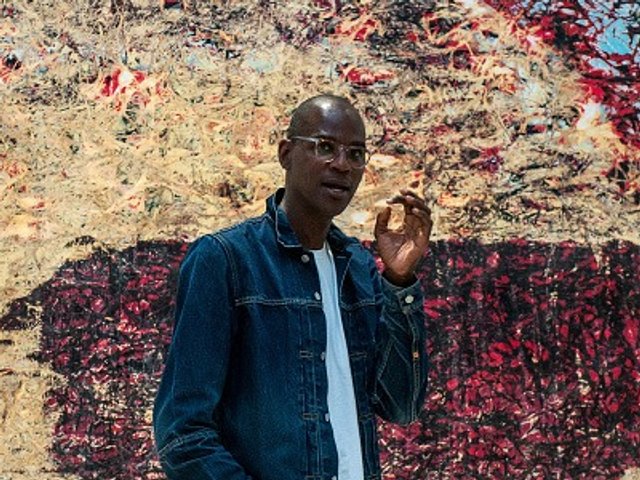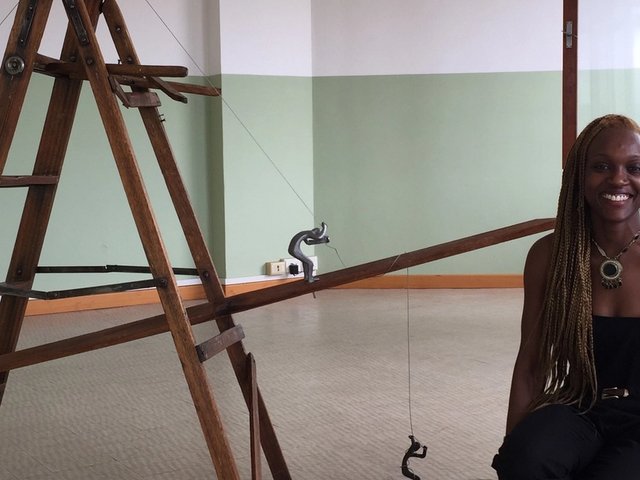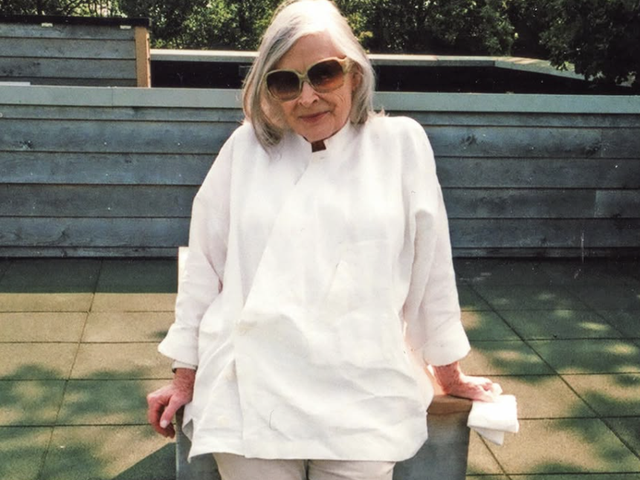While travelling to Poland over the last eight years for a series of photographs and films of school-age girls, the Los Angeles artist Sharon Lockhart kept noticing the name “Korczak” on local institutions. She had stumbled into the legacy of the Jewish-Polish pediatrician Janusz Korczak, who died in 1942 in the Holocaust. For her installation in the Polish pavilion of the Venice Biennale, Lockhart is paying tribute to Dr Korczak’s work as well as honoring the 47 girls, ages 13 to 18, who currently live at the Youth Center for Socio-Therapy in Rudzienko, eastern Poland.
“I learned that he was a doctor, he ran an orphanage, he wrote fiction, he wrote nonfiction, he wrote a book called How to Love a Child. He was a radical thinker involved in children’s rights before there were children’s rights,” Lockhart explained by phone this month while finishing preparations for the Biennale. “The more I got to know about him, the more I needed to know about him.”
Among his good works, Korczak arranged for the children in his Warsaw orphanage to edit and write a youth-focused newspaper called Mały Przegląd (Little Review), which ran weekly from 1926 to 1939 as a supplement to the daily Nasz Przeglad (Our Review) and covered politics, culture and sports. Lockhart brought the girls from Rudzienko with her to visit the Little Review archives in Warsaw and choose 29 issues to be translated into English. (Her own Polish is limited, Lockhart says.) That’s enough for a new issue to appear in the Polish pavilion every week, where they will be available for free to the public.
She calls the girls her “collaborators”, both for their role in selecting the publications and for how they appear in her photographs and film, “performing for the camera and audience”. Her plan is for the girls, who have been doing biweekly writing workshops, to create their own publication inspired by the Little Review.
Lockhart has previously developed workshops for the girls in mindfulness, dance, movement and cooking too. Now these efforts are ramping up with the help of the Zacheta National Gallery of Art, the pavilion’s sponsor. “The last few years have been very emotional for me—I take a lot of what’s going on with the girls home with me. But I’ve begun realising I can’t do all of this alone, and I want to make the education programme more sustainable,” she said.
She also wanted to let the girls experience the pavilion. They will visit in time to attend Lockhart’s 9 June talk at the Arsenale with Mark Bradford, who is representing the US in Venice and is also thinking about community empowerment, with ambitious plans to work with a local prison cooperative.





